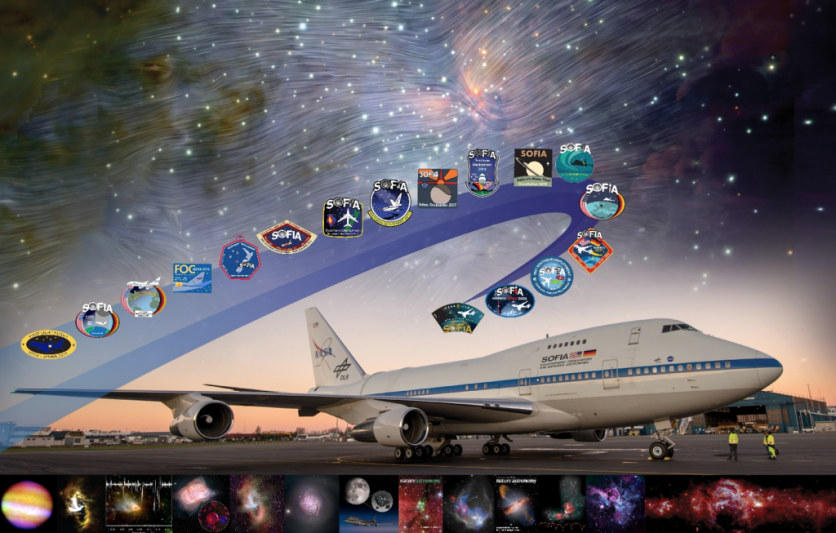NASA's SOFIA ( Stratospheric Observatory for Infrared Astronomy) has captured gorgeous snapshots of the infrared universe for around eight years now. But alas, it will finally rest its wings.
The modified Boeing 747SP used by SOFIA was flown out of Armstrong. On September 29, 2022, the SOFIA mission's operations came to an end, but the crew of pilots and mechanics remained to assist SOFIA in moving to its new home.

The observatory is currently en route to its new "forever home" at Tucson's Pima Air & Space Museum. SOFIA flew its wings for the last time at NASA's Armstrong Flight Research Center in Palmdale, California, as per a press release.
The plane will touch down in Tucson at the Davis-Monthan Air Force Base, where it will receive final fixes before being hauled to the museum where it will be displayed publicly.
All About SOFIA
SOFIA is a component of NASA's legacy of airborne astronomy. SOFIA was created to offer unrivaled access to the mid-and far-infrared wavelengths of light, banking on the accomplishments of Galileo I on a Learjet and the Kuiper Airborne Observatory, according to NASA.
But water in the atmosphere prevents mid- and far-infrared light from reaching the ground, hence, it was challenging to monitor this region of the electromagnetic spectrum from the surface of the planet.
SOFIA was able to observe a wide range of phenomena, including cosmic magnetic fields as it flew above 99.99% of the atmosphere's water.
SOFIA's Observations
According to NASA, SOFIA transformed the way astronomers investigate cosmic magnetic fields. Other observatories could also detect polarized light and discover how these invisible forces impact galaxies, such as the ESA's (European Space Agency) Planck space observatory.
But SOFIA made it possible for researchers to observe at far lower sizes. The HAWC+ sensor on SOFIA examined filaments, which are dark rivers of material where stars first begin to develop.
They looked inside the bones in galactic arms and discovered the aftereffects of merging galaxies. The Magellanic clouds, which are the nearest galactic neighbors to our galaxy, were also examined by SOFIA.
SOFIA studied cosmic bubbles and how clusters of large stars can either stimulate or, in some situations, suppress star formation.
The first molecule to ever form in the cosmos, helium hydride, was also discovered by SOFIA through its ability to analyze molecules.
In addition, SOFIA focused on objects that were much closer to Earth, including the Moon, Pluto, comets, and Venus' atmosphere.
The observatory may have finally ended but its contributions to the astrophysical community will remain.
Dr. Naseem Rangwala, the SOFIA project scientist at NASA's Ames Research Center in California's Silicon Valley, said that "the SOFIA mission may have ended, but the future is bright" because of its valuable contributions to astrophysics.
Related Article : NASA's Hubble Space Telescope Captures the Large Magellanic Cloud in an Electric Sea of Stars

ⓒ 2026 TECHTIMES.com All rights reserved. Do not reproduce without permission.




